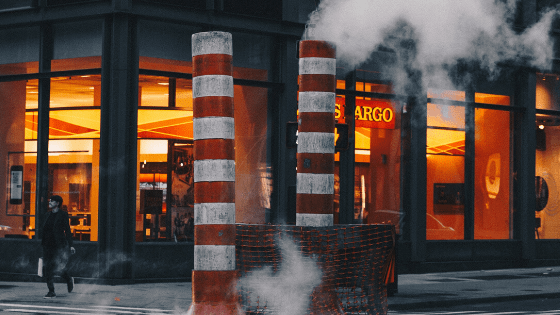When we think of a hazardous material event, we often think of firefighters and technicians rushing in with large plastic space-like suits to stop the leak and save the day. These first responders definitely play a large role in the mitigation of these emergency situations, but sometimes we tend to forget about the second – due responders who pick up the pieces and begin recovery.
These individuals will take a scene that we have worked for a few hours, and make their home for possibly days making sure all impacts have been investigated and mitigated. These companies and teams make our efforts really matter.
HAZWOPER – Short for Hazardous Waste Operations and Emergency Response
This term often applies to the crews who will come in after an emergency situation has occurred, and help with clean up, soil remediation, or any other activity necessary for life to continue normally after the event itself has occurred.
I have often felt that there is a misconception between the levels of training that we as responders receive, and that which every other bit of the spectrum receives as far as capability, and complexity. The answer, however, is very simple, while the HAZWOPER standard is very different, we are doing different jobs which constitutes different areas of expertise.
According to the OSHA, five different types of individuals are covered under the HAZWOPER standard. Those being:
- Clean up operations – This is required by a governmental body, whether federal, state, local, or other involving hazardous substances – that are conducted at uncontrolled hazardous waste sites.
- Corrective actions involving clean-up operations at sites covered by RCRA (1976)
- Voluntary clean-up operations at sites recognized by federal, state, local, or other governmental bodies as uncontrolled hazardous waste sites.
- Operations involving hazardous wastes that are conducted at treatment, storage, and disposal facilities regulated by Title 40 Code of Federal Regulations Parts 264 and 265 pursuant to RCRA, or by agencies under agreement with U.S. Environmental Protection Agency to implement RCRA regulations.
- Emergency response operations for releases of, or substantial threats of releases of, hazardous substances regardless of the location of the hazard.
My first introduction to the hazardous material industry was an 8-hour class I took as a pre-employment requirement to work in an oil refinery. Before this, I was fortunate enough to have some general awareness of hazardous materials through my local fire department, but this definitely dove much deeper into the real world aspects of what would be going on and expected of me.
I quickly learned, especially being in the industry I was, that there were very large markets for the cleanup and remediation of events like this. Once I was turned loose in the field, I felt the basic skills I had retained up to this point were adequate for the entry-level position I was beginning.
Sure, a learning curve is normal, however, one thing that I was not prepared for, was the amount of air monitoring I needed to perform, and the severity of the consequences if I did this incorrectly.
From OSHA permitting to ensuring my own safety was stabilized, air monitoring quickly became a large part of my daily routine.
My results, and how I interpreted them meant that aggressive work such as grinding and welding would be allowed to commence, and also jobs performed in confined spaces would rely on my ability to correctly assess these readings as well.
Quickly did it dawn on me that my understanding of atmospheric testing would need to be sharpened, not only for my sake but for the sake of others as well. You see, gas readings, as well as safety, aren’t meant to be interpreted by the presence of an alarm sounding or not.
Too often in the industry, we come into contact with those who are simply looking for a blinking screen and light with an audible alarm, to tell them if an atmosphere is safe or not. In the chemical industry, there are entirely too many factors that could go into the subtle atmosphere changes, that MAY not show significantly on a 4 gas type meter.
For instance, someone requests to weld on a pipe inside of your unit, so you follow OSHA procedures and do an atmospheric gas check of the line, and area to ensure it is good to go.
With no LEL and good oxygen, you feel the job is safe to commence, while neglecting the 50-60 ppm CO reading you are getting, because hey – No LEL, it must be good, right?
Cross-sensitivities on many different meters with common industrial chemicals can quickly separate the need for someone to just “check a job”, from someone who is needed to CORRECTLY interpret what may be going on.

